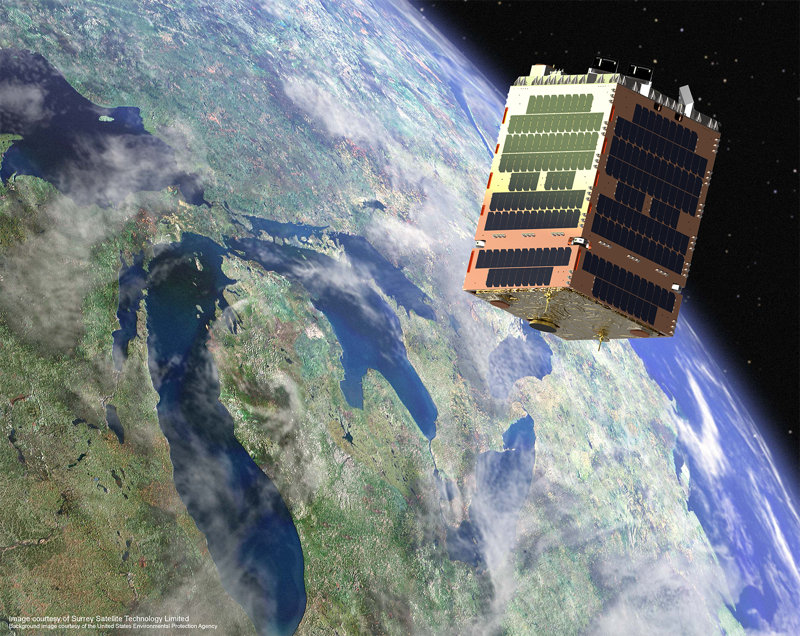Latest News

Telesat Phase 1 LEO satellite. Photo: Surrey Satellite Technology
Satellite operator Spacecom completed its testing campaign on Telesat’s demonstration LEO satellite, reporting an average latency below 30 milliseconds and data rates over 50 Mbps.
The tests were conducted from Spacecom’s Teleport and labs facility located in the Judean Hills outside of Jerusalem. In one case study, the companies tested backhauling for Wi-Fi hotspots which could be used for enterprise offices and remote communities.
Spacecom said these proof of concept tests showed the Low-Earth Orbit (LEO) satellite could offer speeds and reliability similar to “top of class” terrestrial internet. Spacecom tested video uploads, video conferencing, cloud applications, and VPN using more than 10 devices connected simultaneously to the hotspot. The download speeds were measured at over 10 Mbps and upload speeds of over 20 Mbps per device.
Spacecom operates the AMOS satellite fleet and also works as a service provider bundling services for customers.
“Spacecom is working towards offering multi-orbit services and these steps with our partners at Telesat prove that we are on the right path to offer Telesat Lightspeed services in the future,” stated Ofer Asif, senior vice president of strategy and business development at Spacecom. “Our technical and engineering capabilities, alongside creative and dedicated problem solving, are exactly what is needed to take advantage of our position in the satellite industry and deliver unique value to our customers.”
Telesat is delayed in securing the final financing needed to move forward with the Lightspeed constellation. CEO Dan Goldberg said on the operators’ most recent investor call that they made “tangible progress” to secure financing and remain “extremely bullish.” Telesat is expected to provide an update after the fourth quarter.
Get the latest Via Satellite news!
Subscribe Now